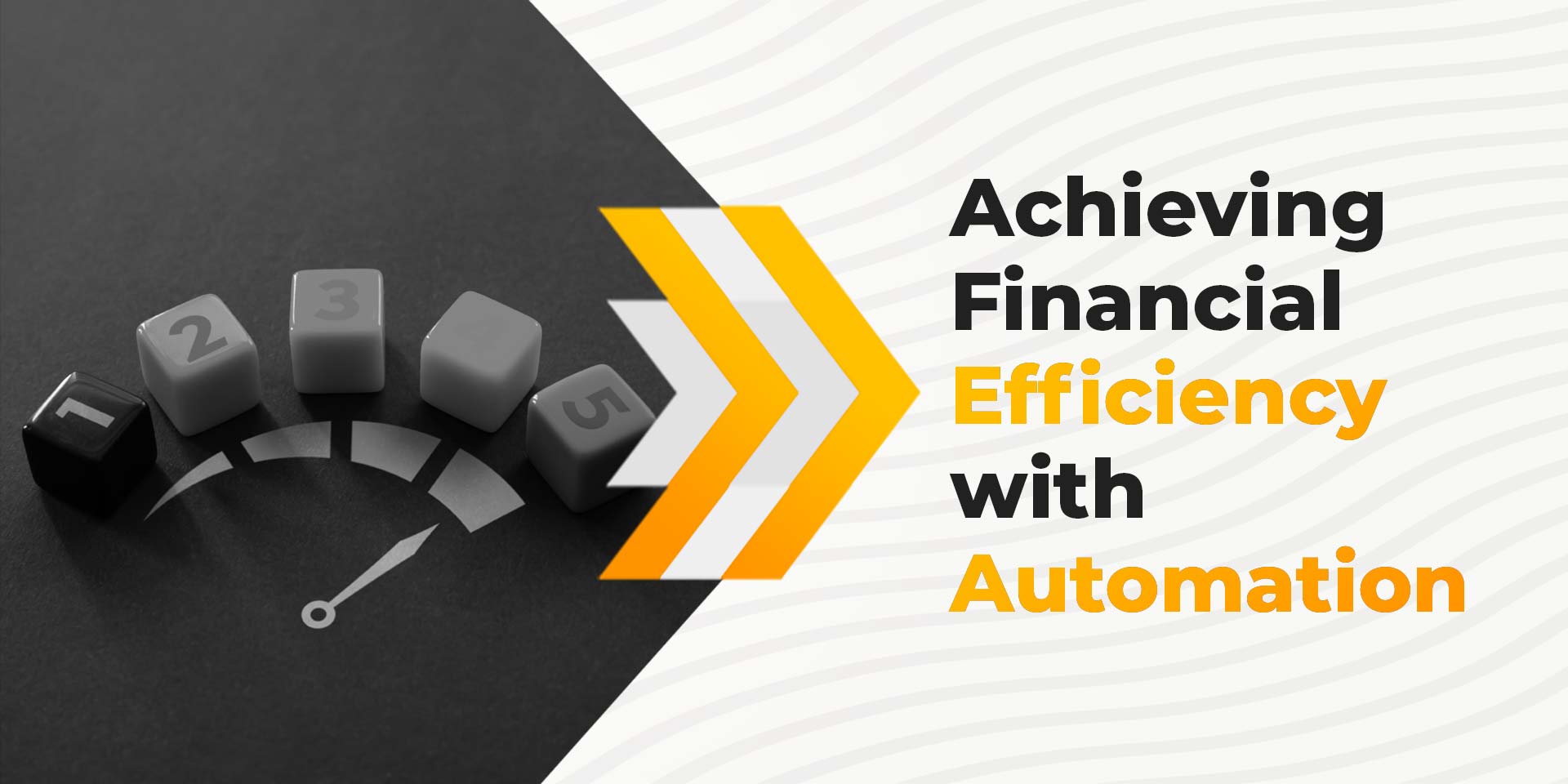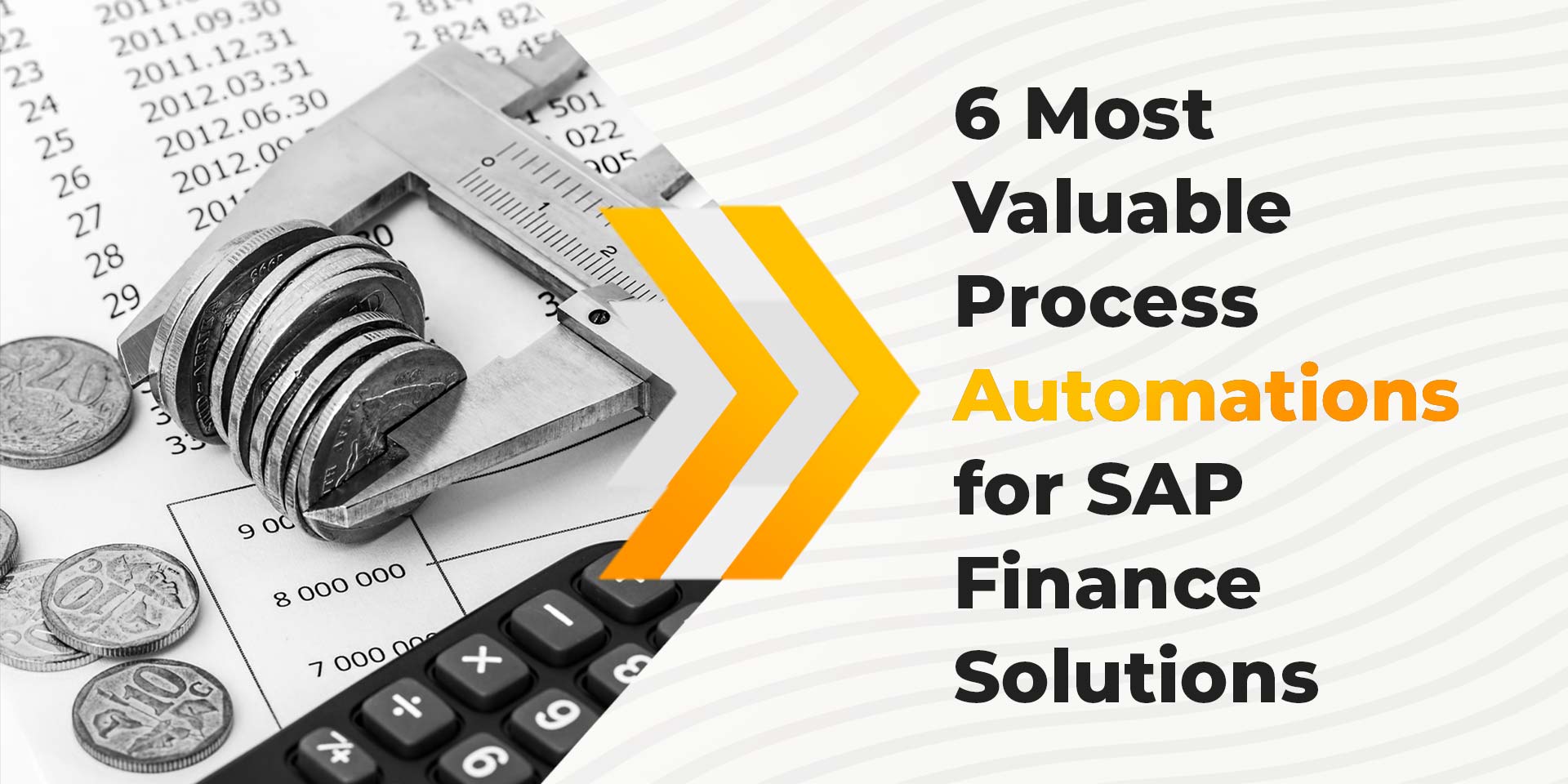Automation
Finance
Five Most Valuable Processes for Automation in SAP Finance


- Table of Contents
- Introduction
- Accounts Payable
- Accounts Receivable
- General Ledger
- Fixed Assets
- Cash Management
- Conclusion
Introduction
Did you know that SAP Finance is one of the leading software solutions for managing financial operations? It involves several complex processes that can be time-consuming and prone to errors if done manually. intelligent automation in SAP Finance can help streamline these financial processes and improve efficiency, accuracy, and compliance. In this blog, we will discuss the five most valuable processes for automation in SAP Finance.
- Accounts Payable
- Accounts Receivable
- General Ledger
- Fixed Assets
- Cash Management
Accounts Payable (AP) is a crucial function in SAP Finance that involves managing the money owed by an organization to its suppliers or vendors. It involves several tasks, such as invoice processing, vendor master data management, payment processing, and reporting. Automating AP processes can help organizations save time and resources while reducing errors and improving data accuracy. How does AP automation work?
Invoice Processing
If companies have this process automated, it can help organizations reduce manual data entry errors, improve invoice processing speed, and provide real-time visibility into invoice status.
Vendor Master Data Management
This process as part of finance automation can help organizations ensure that vendor data is accurate and up-to-date. It can also help organizations comply with regulations such as GDPR and CCPA.
Payment Processing
RPA tools to automate payment processing can help organizations reduce the risk of errors and fraud. It can also help organizations streamline payment processes and improve payment cycle times.
Reporting
AP reporting as part of finance automation can help organizations gain real-time visibility into financial data, identify payment trends, and monitor payment performance.
Why is AR automation important? Accounts Receivable (AR) is another crucial function in SAP Finance that involves managing the money owed to an organization by its customers. It involves several tasks, such as invoice creation, customer master data management, payment processing, and reporting. Automating AR processes with robotic process automation can help organizations improve cash flow, reduce errors, and improve customer satisfaction.
Invoice Creation
Automating invoice creation with RPA can help organizations improve the speed and accuracy of the invoicing process. It can also help organizations streamline the generation of invoices and improve invoice tracking.
Customer Master Data Management
Reliable automation software to automate this process can help organizations ensure that customer data is accurate and up-to-date. It can also help organizations comply with regulations such as GDPR and CCPA.
Payment Processing
Automating payment processing can help organizations reduce the risk of errors and fraud. It can also help organizations streamline payment processes and improve payment cycle times.
Reporting
Automated AR reporting can help organizations gain real-time visibility into financial data, identify payment trends, and monitor payment performance.
General Ledger (GL) is the central repository of all financial transactions in SAP Finance. It involves several tasks, such as journal entry processing, account reconciliation, financial reporting, and audit trail management. Finance automation of GL processes can help organizations improve financial transparency, reduce errors, and ensure compliance.
Journal Entry Processing
Process automation of journal entries can help organizations reduce manual data entry errors and improve data accuracy.
Account Reconciliation
Intelligent automation of account reconciliation can help organizations reduce the risk of errors and fraud, help in the reconciliation process and improve reconciliation accuracy.
Financial Reporting
Automating business process management of financial reporting can help organizations gain real-time visibility into financial data, identify financial trends, monitor financial performance, and streamline the distribution of financial reports.
Audit Trail Management
Business process automation of audit trail management can help organizations ensure compliance with regulations such as SOX. It can also help organizations improve the transparency and traceability of financial transactions.
Finance automation of Fixed Assets processes can help organizations improve the accuracy of asset data, reduce errors and fraud, and ensure compliance with regulations.
Asset Acquisition
Finance automation of asset acquisition can help organizations speed up the process of acquiring assets and help organizations streamline the tracking of assets and ensure that assets are properly accounted for.
Depreciation Calculation
Automation of depreciation calculations can help organizations reduce manual errors and improve accuracy in their business processes.
Financial Reporting
Automating financial reporting can help organizations gain real-time visibility into asset data, identify trends in assets, and monitor performance.
Automating cash management financial processes can help organizations improve cash flow forecasting, reduce costs, and ensure compliance with regulations.
Budgeting
Automating budgeting can help organizations reduce manual errors and improve accuracy. It can also help organizations streamline the process of creating budgets and ensure that budget allocations are properly tracked.
Forecasting
AAutomating forecasting with RPA tools can help organizations gain real-time visibility into financial data, identify trends in cash flow, and monitor performance.
Payment Monitoring
Automating payment monitoring can help organizations reduce the risk of fraud and errors. It can also help organizations speed up payment cycle times and ensure that payments are received on time.
Conclusion
As organizations look to streamline their finance processes, SAP automation can be a powerful tool. Automating finance processes using RPA in SAP can help organizations reduce manual errors, improve accuracy and compliance, speed up cycle times, and gain real-time visibility into data. TULIP automation platform is the next step in leveraging the full power of SAP automation to maximize efficiency and effectiveness across an organization’s finance functions. To learn more about how to get started with TULIP for your finance operations, connect with us today!




